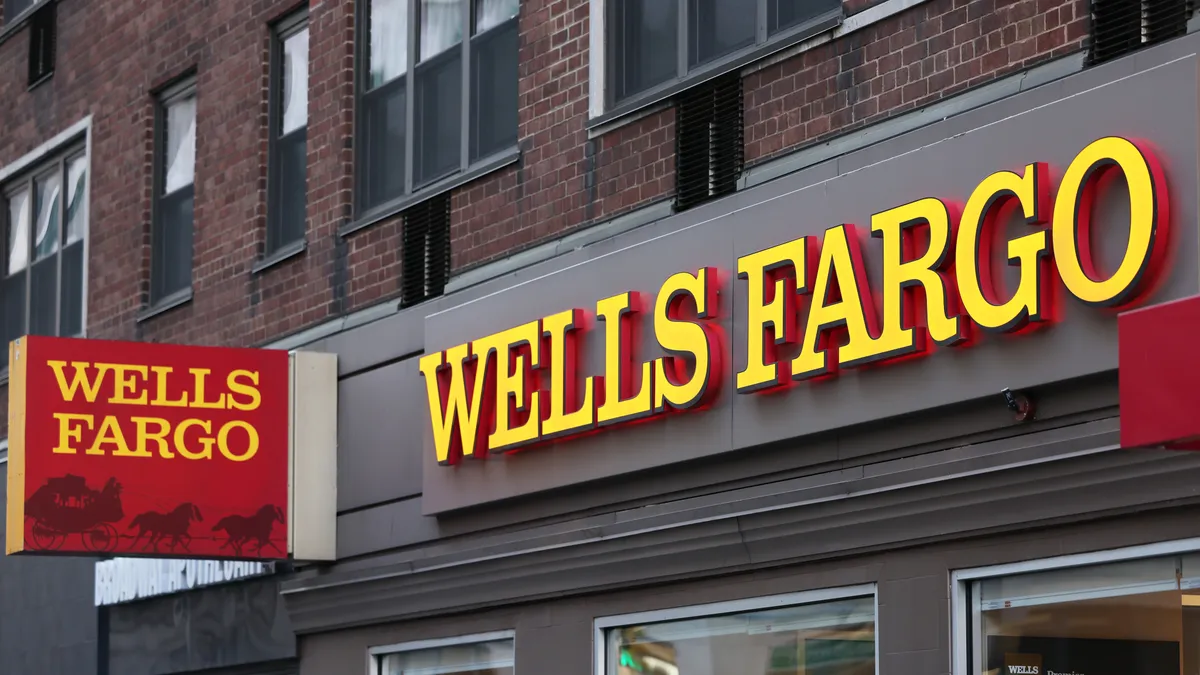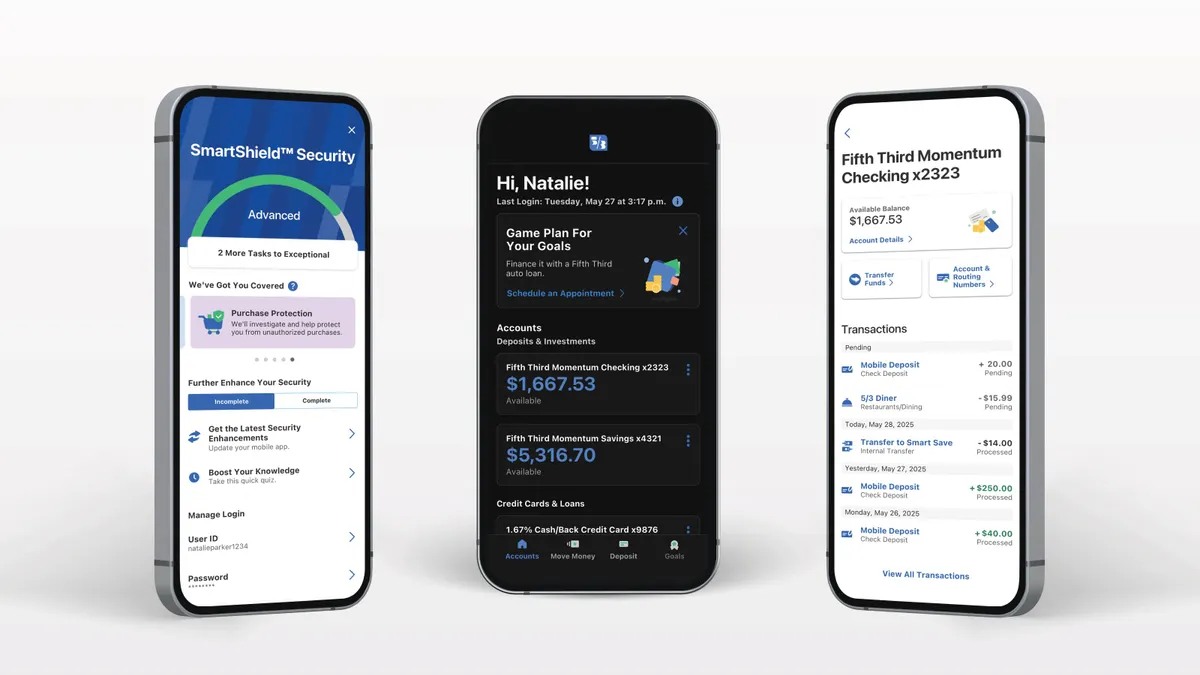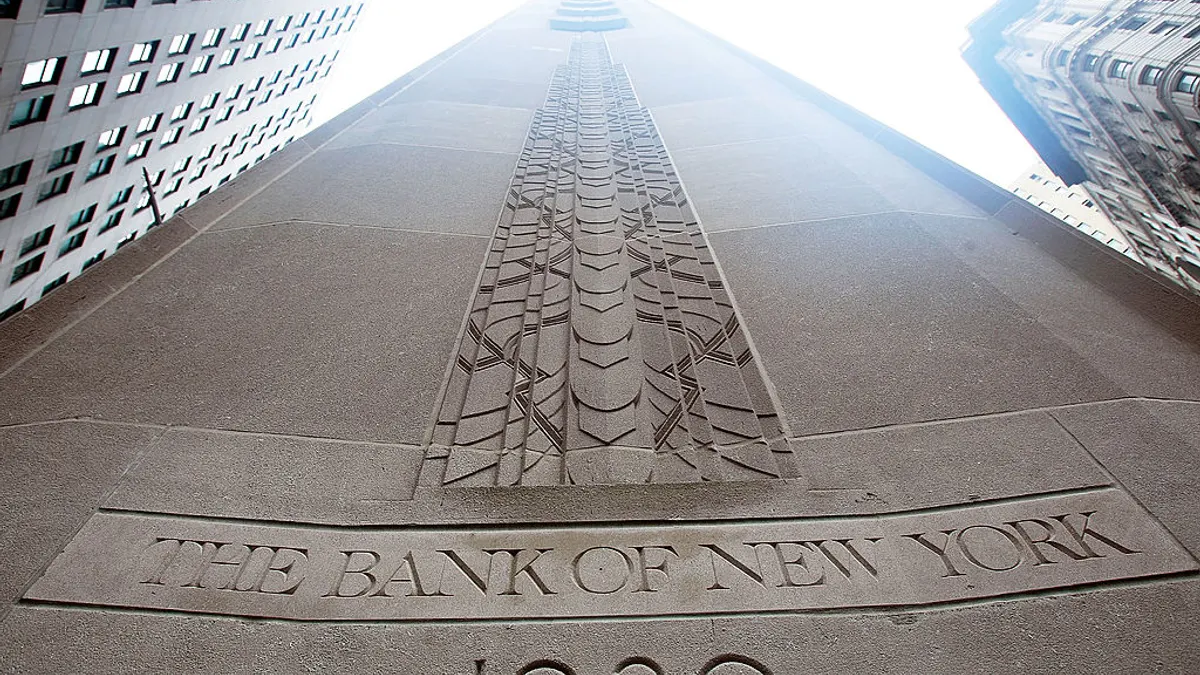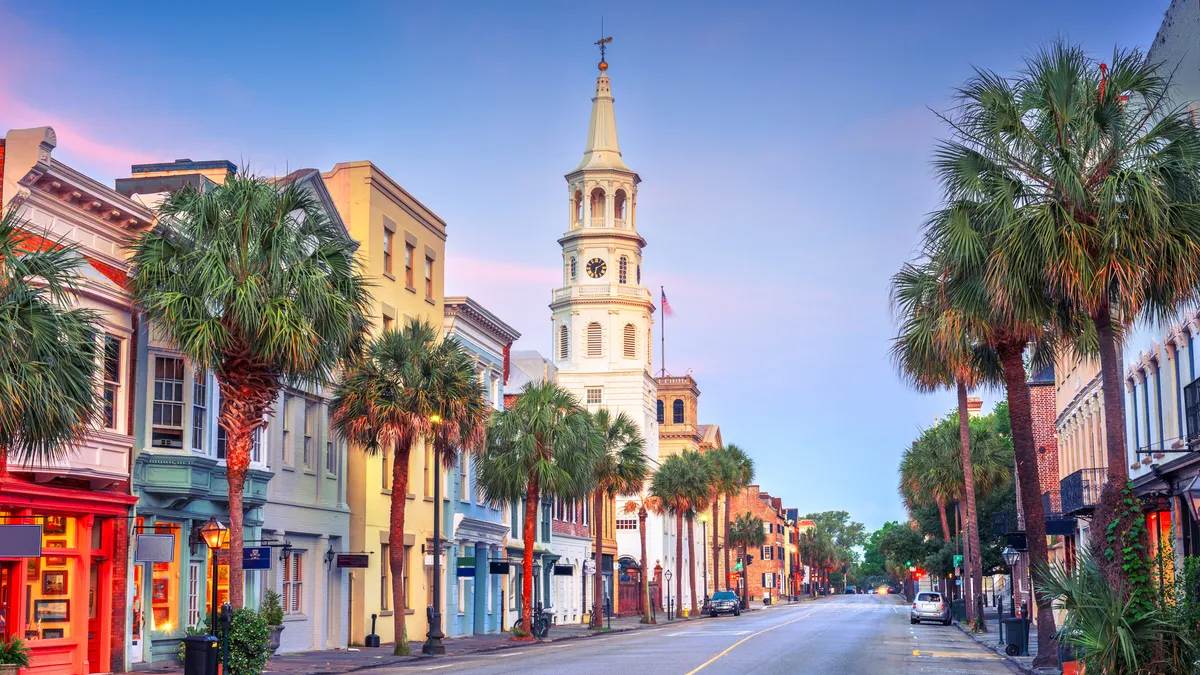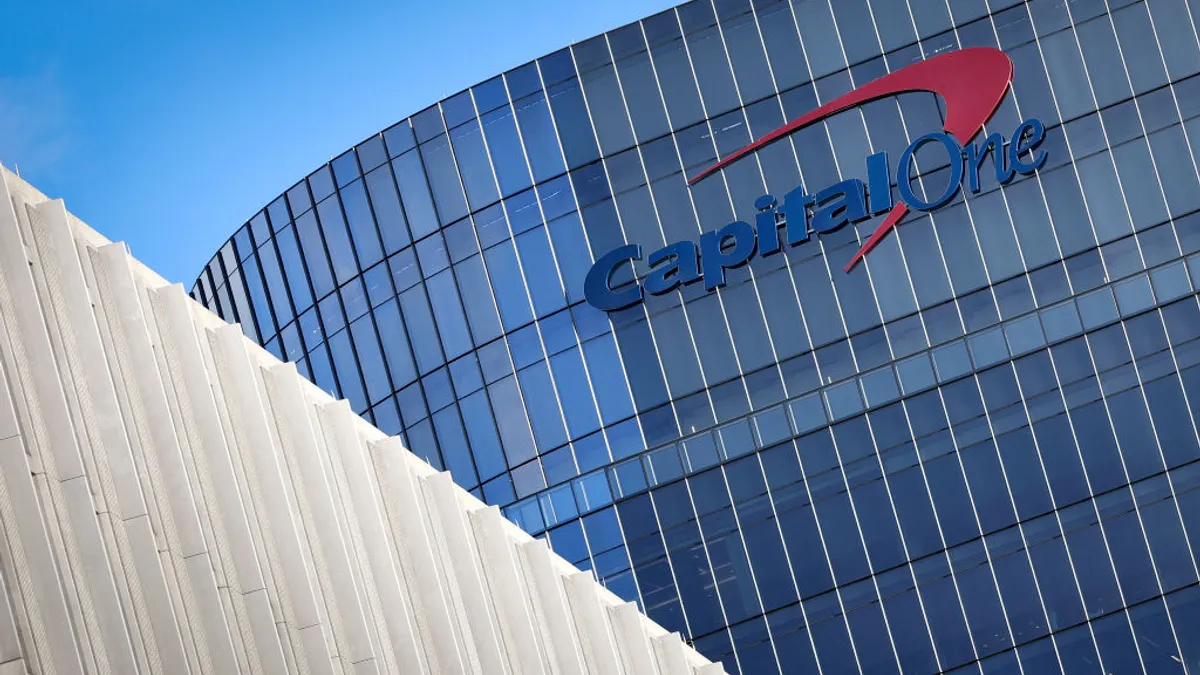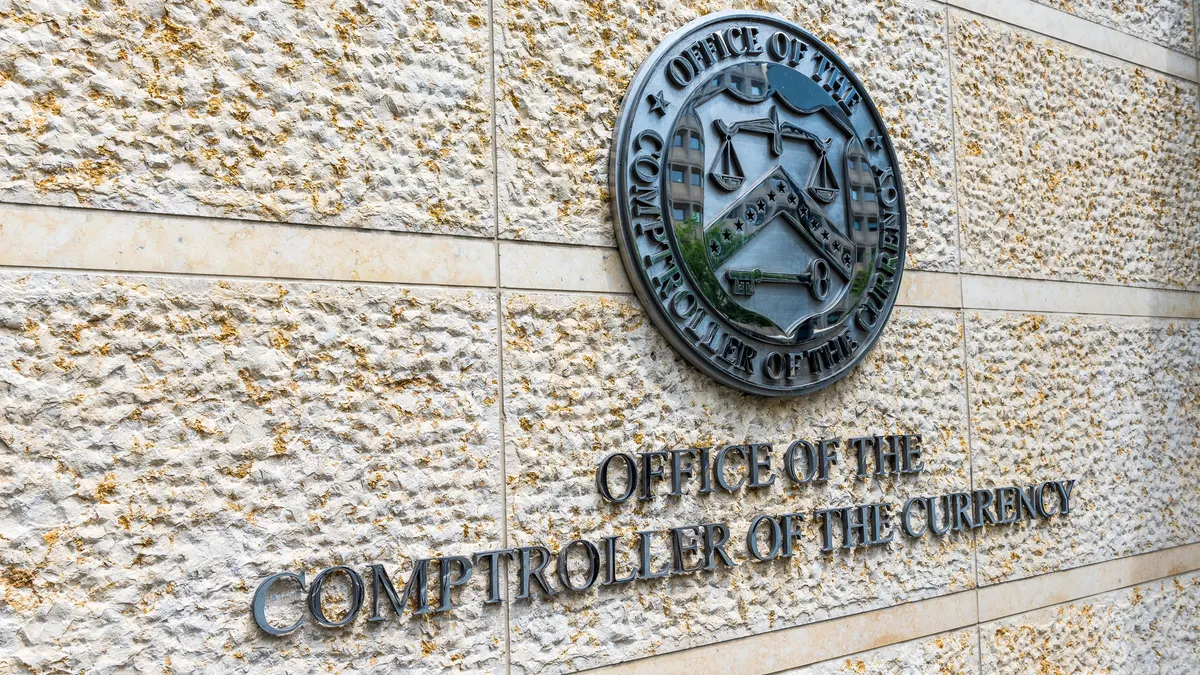More than 700 Wells Fargo employees in 29 states are involved in an effort to unionize the bank — which, if successful, would become the first of the nation’s largest banks with a unionized workforce.
At a Zoom press conference Tuesday, members of Wells Fargo Workers United, backed by the Committee for Better Banks, called on Wells Fargo shareholders to pass a Freedom of Association policy that recognizes workers’ rights to organize, bargain and form a union.
If passed, the proposal, brought forth by the AFL-CIO, would ensure better protections for Wells Fargo workers seeking to organize a union. According to WFWU, two of the nation’s largest proxy advisers, Institutional Shareholder Services and Glass Lewis, have recommended shareholders vote in favor of the Freedom of Association proposal.
Bank leadership, according to a Monday Bloomberg report, isn’t happy, privately expressing concerns within its ranks about organizing efforts and planning ways to slow momentum.
The bank plans to “spend millions” to address “pain points” that might fuel employee efforts to unionize, including understaffing, and is monitoring union activities, such as “leafleting conducted last year in five cities it says had ‘known’ union-aligned employees, and a ‘marked increase in flyer distribution’ early this year,” according to the wire service.
Meghan Merez, a Wells Fargo customer resolution representative in the mediation department and member of WFWU, was one such flyer distributor, and she told Banking Dive her flyers were taken down several times by building management at her Wells Fargo call center in Oregon.
Merez filed an unfair labor practice case with the National Labor Relations Board after she said she was retaliated against for requesting a pay increase. Before requesting the increase, she had flexible hours; and after, she was moved to a different position and given a rigid 6:30 a.m. to 3:30 p.m. workday, Merez said.
After discovering that other teams were set to receive bonuses, she spoke with management, she said. Although she eventually received her bonus, it came months after her conversation with management, and only after filing a complaint with human resources, she said. Several of her team members also received their bonuses weeks later than those on other teams, and only after filing a complaint with HR, Merez said.
This experience is one of the reasons Merez wants to unionize her co-workers, she said.
“I think being in a union would help us by giving us a voice, and being able to have our concerns taken seriously,” Merez said.
A Wells Fargo spokesperson said via email that the bank “believes our employees are best served by working directly with the company and its leadership — not a third-party group like a union — to address matters of concern.
“We respect employees’ rights under the National Labor Relations Act and our policies do not prohibit employees from discussing wages, benefits and terms of employment, or otherwise engaging in collective activity,” the spokesperson wrote.
Todd Vachon, an assistant professor of labor studies and employment relations and director of the Labor Education Action Research Network at Rutgers University, said he sees a hole in Wells’ mindset.
“First, it presumes that the union is a third party, which is a typical rhetoric of management trying to fight unionization — that there’s an outside entity called ‘the union’ that is going to come in and be situated somewhere between the employees and employer,” Vachon said. “That's just not what unions are.
“Unions are the collective voice of the employees within the workplace coming together and deciding what they want, then bargaining over it and voting collectively over whether to accept it or not,” Vachon added. “The idea that the union as a third party is really just management propaganda.”
Several large-scale unionization efforts have succeeded nationwide at some of America’s largest companies since 2020, including hundreds of Starbucks locations and one Amazon warehouse.
When COVID-19 hit, workers who were scared for their lives at work “started to realize the only way they could get the protections they needed was to come together in solidarity,” Vachon said. “Tasting that experience of collective action and realizing that actually worked in so many instances has really kind of inspired particularly younger workers with a vehicle to make their jobs better jobs.”
Should WFWU be successful, it could have a ripple effect on the banking sector. Finance is the least unionized sector in the U.S. despite having the largest footprint on the nation’s economy, according to the Communication Workers of America, one of the nation’s largest unions.
About 1.2% of workers in the financial services sector were unionized in 2021, the Bureau of Labor Statistics reported.
“Banking really is the belly of the beast of American capitalism. We're such a financialized economy, and it's really incredible to have workers within the belly of the beast organizing,” Vachon said. “It just takes one group of workers to successfully organize a union within an industry that people didn’t think was possible to inspire others, which is part of the reason why employers are so vigorously against having a successful union. They're fearful that if the first one wins, they're going to start popping up everywhere.”



